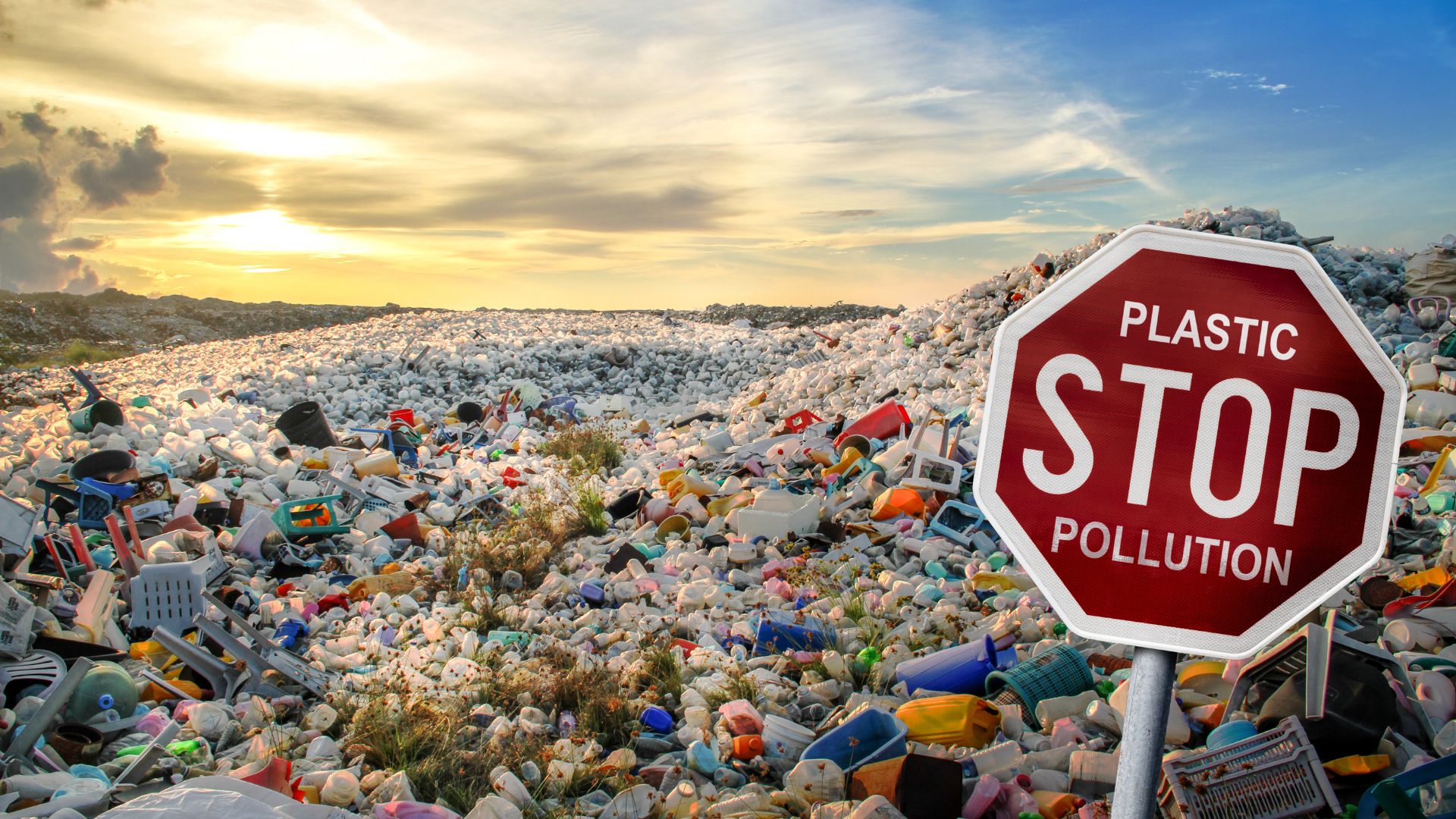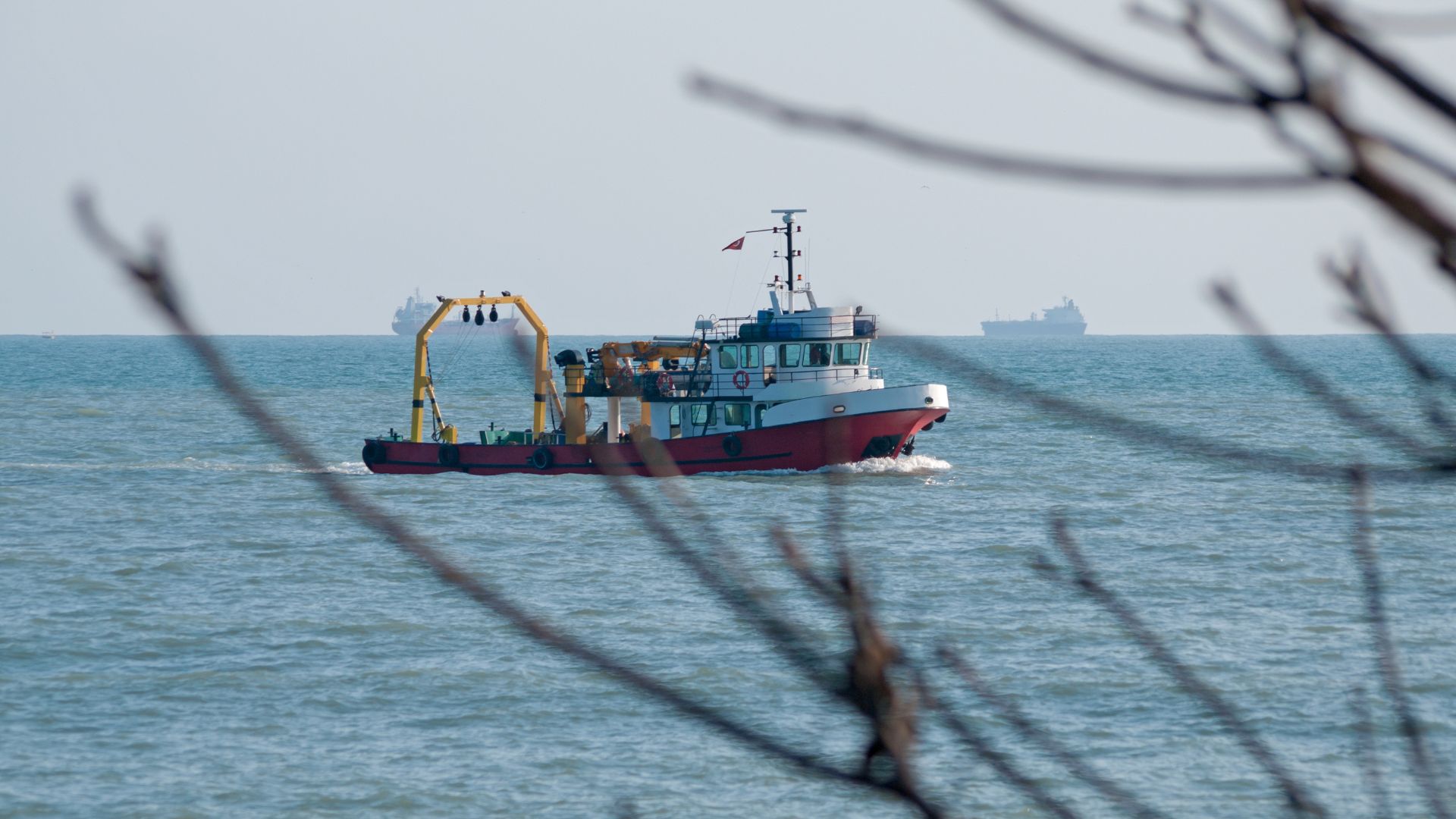The Ocean—Our Climate Regulator
The ocean covers more than 70% of the Earth’s surface and plays a critical role in regulating the planet’s climate. It absorbs about 90% of the excess heat caused by greenhouse gas emissions[1] and captures nearly 30% of human-generated CO₂. However, despite its immense contribution to climate stability, the ocean is often overlooked in mainstream climate policies and discussions. Recognizing the ocean as a key climate ally is essential for developing effective solutions.
1. The Ocean as a Carbon Sink
One of the most significant ways the ocean helps combat climate change is by acting as a massive carbon sink. Several processes contribute to this ability:
- Phytoplankton and the Biological Carbon Pump: Tiny marine organisms known as phytoplankton absorb CO₂ through photosynthesis, much like trees on land. When these organisms die, they sink to the ocean floor, effectively sequestering carbon for centuries. The most numerous are microscopic algae that use sunlight, seawater nutrients, and atmospheric carbon dioxide to grow. When they die, they sink to the ocean floor, carrying the absorbed carbon with them. While some of this carbon is eventually released back into the atmosphere, a significant portion becomes trapped in ocean sediments for centuries. This natural process is known as the biological carbon pump.[2]
- Blue Carbon Ecosystems: Coastal habitats like mangroves, seagrass meadows, and salt marshes capture and store carbon. Mangroves are some of the most carbon-rich ecosystems on the planet, storing on average 1,000 tonnes of carbon per hectare in their biomass and underlying soils. Coral reefs are among the most ecologically and economically valuable ecosystems on our planet. Covering less than 0.1 percent of the world’s ocean, they support over 25 percent of marine biodiversity and serve up to a billion people with coastal protection, fisheries, sources of medicine, recreational benefits, and tourism revenues. [3]
- Deep Ocean Carbon Storage: The deep ocean acts as a long-term carbon reservoir, slowing the return of CO₂ to the atmosphere. At the ocean’s surface, carbon dioxide continuously dissolves into and is released from the water in a dynamic exchange with the air. Once absorbed, CO₂ reacts with water molecules, releasing hydrogen ions and increasing ocean acidity. These hydrogen ions then interact with carbonate from rock weathering, forming bicarbonate ions that help regulate the ocean’s carbon balance.[4]
2. Climate Threats to the Ocean
Despite its role in mitigating climate change, the ocean itself is facing severe threats due to rising global temperatures:
- Ocean Acidification: As the ocean absorbs more CO₂, its pH decreases, endangering marine life—particularly corals and mollusks that rely on calcium carbonate for their shells and skeletons. With increasing acidification, excess hydrogen ions bind to carbonate ions (CO₃²⁻), limiting the supply needed for these organisms to grow and maintain their protective structures.[5]
- Rising Sea Temperatures: Rising ocean temperatures destabilize marine ecosystems, triggering coral bleaching, altering fish populations, and reducing biodiversity. Warmer waters also raise oxygen demand, prompting mobile species to migrate and shift their distribution, which disrupts food webs and ecosystem balance.[6]
- Melting Ice and Sea Level Rise: The loss of polar ice contributes to rising sea levels, endangering coastal communities and infrastructure worldwide. Ice loss also destabilizes food systems, increases shipping risks, and endangers wildlife like polar bears and reindeer. Thawing permafrost releases large amounts of methane, intensifying climate change in a harmful cycle. Also as permafrost melts, it also weakens the ground, damaging infrastructure and threatening Arctic communities.[7]
3. Why Isn’t the Ocean a Bigger Part of Climate Policy?
Despite its importance, ocean-based climate strategies often receive less attention compared to land-based solutions like reforestation. The reasons include:
- Lack of Awareness: Policymakers and the public often prioritize land-based climate solutions, neglecting the ocean’s crucial role in regulating the climate. Since most of the economic activity and human-caused carbon emissions originate on land, mitigation efforts typically focus on reducing terrestrial emissions. At the same time, the ocean is largely seen as a casualty of climate change rather than a potential source of solutions.[8]
- Overexploitation: Activities such as overfishing, deep-sea mining, and marine pollution are degrading ocean ecosystems that play a vital role in carbon sequestration. As coastal fish stocks decline, industrial fleets increasingly target deep-sea species, often using destructive bottom trawling—dragging heavy nets across the seafloor and destroying marine life and fragile habitats. Additionally, deep-sea mining for metals such as nickel, manganese, cobalt, and copper poses one of the greatest environmental threats of any industrial activity, further endangering ocean health.[9]
- Insufficient Protection Measures: In December 2022, over 190 countries adopted the Kunming-Montreal Global Biodiversity Framework (GBF) to combat the alarming decline of global biodiversity. However, less than two years later, a new report reveals that only 2.8% of the ocean is truly “effectively” protected, highlighting the urgent need for stronger conservation efforts.[10]
4. Ocean-Based Climate Solutions
To maximize the ocean’s climate mitigation potential, we must implement stronger conservation efforts and support sustainable practices. Some key solutions include:
- Expanding Marine Protected Areas: Establishing more MPAs helps restore biodiversity and enhances the ocean’s natural ability to capture carbon. Currently, only about 8% of the world’s ocean is designated as Marine Protected Areas (MPAs), far below the 30% target scientists recommend by 2030.[11]
- Restoring Coastal Blue Carbon Ecosystems: Restoring mangroves, seagrass meadows, and salt marshes can significantly enhance carbon storage while protecting coastal communities from erosion and extreme weather events. Mangroves play a crucial role in capturing, transforming, and storing atmospheric CO₂ in coastal sediments for extended periods, transferring organic carbon from the shoreline to offshore waters. They also act as natural barriers, mitigating the impact of storms, hurricanes, tidal waves, and coastal erosion. Recent studies confirm that mangroves in tropical and subtropical intertidal zones exhibit high productivity and rapid sediment deposition rates, further reinforcing their role in climate resilience and carbon sequestration. [12]
- Sustainable Fisheries & Aquaculture: Regulating fishing practices and promoting sustainable aquaculture can help maintain healthy fish populations and reduce ecological stress. Traditional fisheries management focused on maximizing catches of individual species. However, there is a growing shift toward Ecosystem-Based Management, a holistic approach that considers the broader ecological impacts of fishing. This includes the effects on predators and prey, bycatch of endangered species, habitat damage from fishing gear, and disruptions to ecological processes.[13]
- Offshore Renewable Energy: Utilizing wind and tidal energy reduces dependence on fossil fuels while requiring minimal land use. Tidal energy holds immense potential, especially for coastal regions with strong tidal currents. This renewable energy source is driven by the gravitational interactions between the Earth, Moon, and Sun, which create the rise and fall of ocean waters. By capturing this movement, kinetic energy can be converted into electricity. Tidal power plants achieve this through structures like tidal barrages and turbines, effectively harnessing the ocean’s natural rhythms for sustainable energy production.[14]
A Call for Ocean-Driven Climate Action
The ocean is not just a victim of climate change; it is one of our most powerful tools for addressing it. Investing in ocean-based climate solutions, strengthening marine protections, and incorporating the ocean into global climate policies can make a significant difference in our fight against global warming. By recognizing and leveraging the ocean’s climate-regulating power, we can move toward a more resilient and sustainable future.

This article was written by Virna Chávez from the Green Initiative Team.
[1] https://www.un.org/en/climatechange/science/climate-issues/ocean
[2] https://erc.europa.eu/projects-statistics/science-stories/how-tiny-plankton-capture-carbon
[3] https://www.un.org/en/climatechange/science/climate-issues/ocean
[4] https://earthobservatory.nasa.gov/features/CarbonCycle
[5] https://www.noaa.gov/education/resource-collections/ocean-coasts/ocean-acidification
[6] https://www.eea.europa.eu/publications/how-climate-change-impacts
[7] https://www.worldwildlife.org/pages/six-ways-loss-of-arctic-ice-impacts-everyone
[8] https://www.wri.org/insights/4-ocean-based-solutions-advance-climate-action-through-ndcs
[9] https://deep-sea-conservation.org/key-threats/
[10] https://earth.org/just-2-8-of-the-worlds-ocean-is-effectively-protected-despite-2030-conservation-target-report-warns-ahead-of-un-biodiversity-conference/
[11] https://www.unep.org/news-and-stories/press-release/world-must-act-faster-protect-30-planet-2030
[12] https://www.sciencedirect.com/science/article/pii/S1385110124000376
[13] https://ocean.si.edu/conservation/fishing/sustainable-fishing
[14] https://www.graygroupintl.com/blog/tidal-energy
















